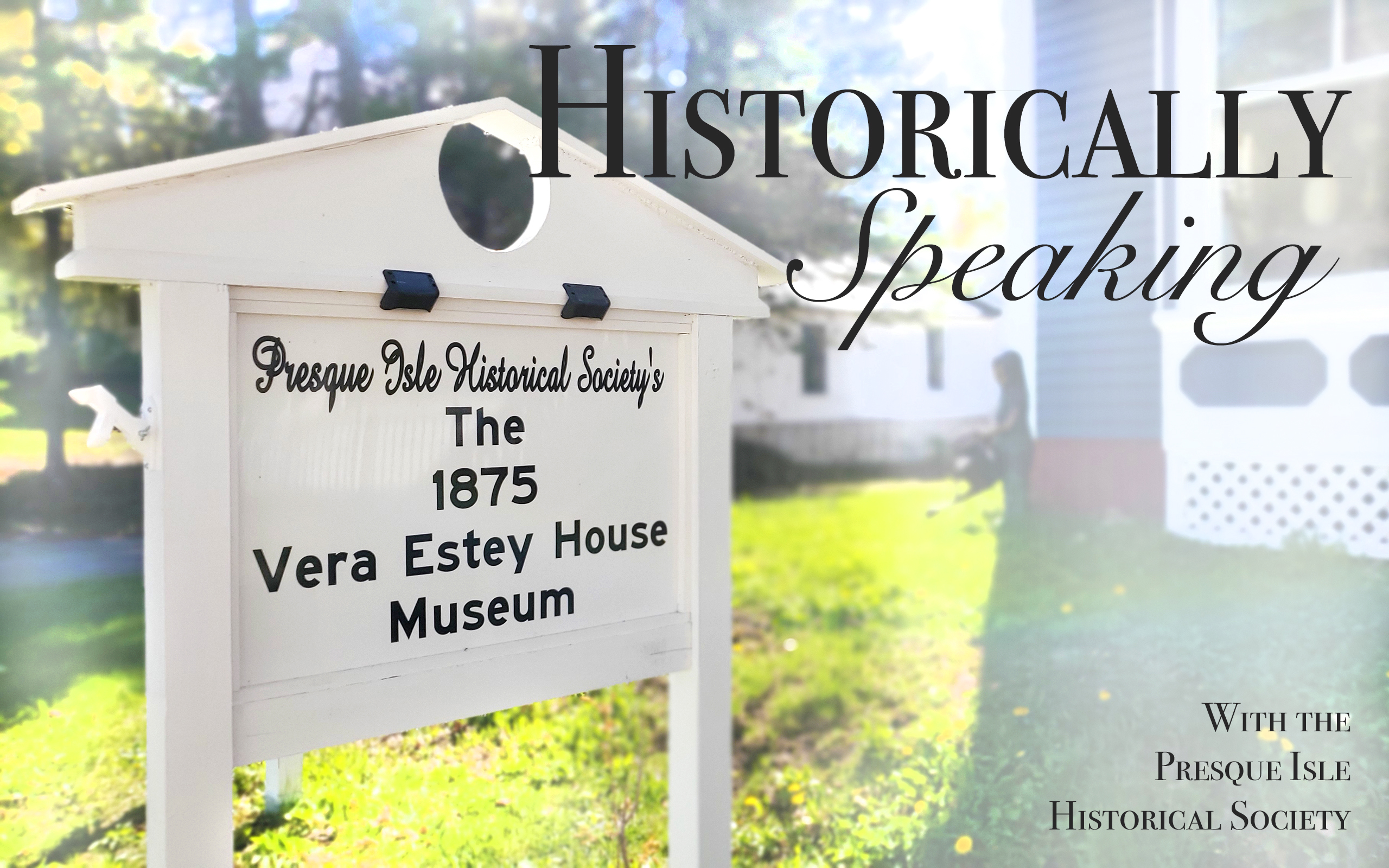The holidays are indeed a magical time. But have you ever stopped to wonder where all of the traditions we observe during the holidays come from? For instance, why do we put up a Christmas tree, decorate the tree with lights, sing carols, or send Christmas cards? When did merchants first begin to place holiday displays in their windows? It is interesting to note that almost all of the traditions we observe today came from the Victorian Era. The Victorian Era, of course, refers to the years 1837 to 1901 when Queen Victoria reigned in England. And, as such, these traditions came from Europe.
Queen Victoria’s husband, Prince Albert, was originally from Germany. The Christmas tree had been a German tradition since the 1700s. In 1841, Prince Albert decorated a large Christmas tree at Windsor Castle.
As is the case even today, we often try to copy things the rich and famous or celebrities are doing. Soon after Prince Albert introduced his tree tradition into the royal family, it became popular in England to set up a large tree at Christmas and decorate it with lighted candles, candies and fancy cakes hung from the branches by ribbon and by paper chains.
German settlers brought this tradition to North America as early as the 17th century, and decorated Christmas trees were also very popular in America by the 19th century.
Many today prefer artificial trees rather than constantly watering a real tree or picking up fallen needles. The concept of the artificial tree came from this era as well. The first known artificial trees were “feather” trees and were introduced in Germany around 1845. At the time, deforestation was a problem, and laws were enacted to protect the trees. But people still wanted to celebrate with a tree. Using what was plentiful and readily available, celebrants made branches from wires or sticks and covered them with feathers of birds found in their farmyards.
Once again, German immigrants brought this tradition to the United States. However, the practice of using artificial trees did not really catch on until 1913, when Sears introduced artificial trees in its mail order catalog.
The practice of sharing holiday cards came about in 1843 when a gentleman by the name of Sir Henry Cole asked a British painter to design a Christmas and New Year’s card. Cole had 1,000 cards printed.
The Victorians also loved music. During this time, it was considered important to have a piano or organ in the parlor. In fact, wealthier homes had both. The Victorians enjoyed singing and began to use cheerful, easily sung music in their Christmas celebrations. Many of our most beloved and well-known Christmas carols were written, or new words were given to old tunes, during these years. Some of the most easily recognized carols from this era include: “Away in a Manger,” 1883; “I Heard the Bells,” 1872; “It Came Upon the Midnight Clear,” 1849; “Jingle Bells,” 1857; “O Come All Ye Faithful,” 1843; “O Little Town of Bethlehem,” 1868; “Silent Night,” 1816/1818; and “We Three Kings,” 1857 — to name just a few.
During the last part of the 1800s, the wide availability of large plate-glass windows led to the idea of attractively displaying a department store’s merchandise in the window. Elaborate holiday window displays soon began to appear to lure shoppers as a way to sell their wares as year-end neared. In fact, and this may come as no surprise, Macy’s was the first to develop the concept of the “holiday window display” in 1874 in their New York City store windows. Macy’s is also credited with bringing the first in-store Santa Claus, and their store in New York City was also the first store to have special Christmas hours. The year was 1867.
Presque Isle Historical Society will celebrate Victorian Christmas at the Estey on Friday, Dec. 10, and Saturday, Dec. 11, from 6 to 9 p.m. each night. Each room in this small, two-story Victorian house located at 16 Third Street is adorned with Victorian-inspired decorations and live florals. Historical interpreters in period costume await visitors in every room. There will be live music, wassail (a Victorian hot cider punch), and America’s only contribution to Victorian Christmas traditions – the Peppermint Pig! Tickets will be available at the door.
For more information, contact Presque Isle Historical Society by calling 207-762-1151 or by emailing pihistoricalsociety@hotmail.com.
Kimberly R. Smith is the secretary/treasurer of the Presque Isle Historical Society.








